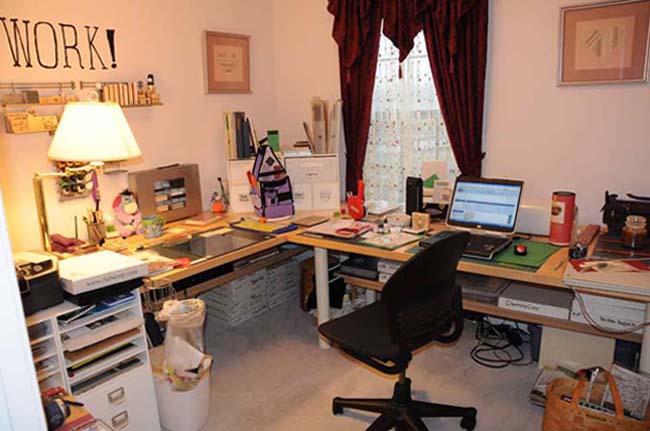I gritted my teeth and fired up the Dover Design Manager image browsing tool. It works much better when the CD ROM drive isn't on it's last legs. I copied an image that I thought would make a fun brush and started to practice. It was a scroll, slightly organic, that looked like I could repeat it and get a damask pattern. At 1075 pixels by 463 pixels and 600 pixels per inch, there was plenty of detail.
Oh, dear. Dover has done a very good job of scanning and they provided images at a high resolution. The problem is that digital graphics are much more precise than print. When I took a zoomed-in look at the image, it was grim. The very accurate scan had captured the inaccurate printing. I cleaned up a minimum of pixels and created a brush. It looked like a person with a serious hand tremor had tried to draw it and had given up part way through. It looked awful.
If I wanted to, I could use the Dover image as a starting point and spend a lot of time cleaning up the stray blobs of ink and filling in what is missing. I don't want to. Not for that practice brush. If I had an end product in mind and needed the perfect brush, I'd take the time to clean up an image.
Will I try again with other Dover images? Yes. Knowing that the image quality is good to start with means that I know I can zoom in and see details. What I can see, I can fix, if I take my time. In the future, I won't be nearly as quick to dismiss kits that have what I know are Dover images included in them as kits that were thrown together quickly and with little effort.
Tuesday, August 25, 2009
Subscribe to:
Post Comments (Atom)





No comments:
Post a Comment